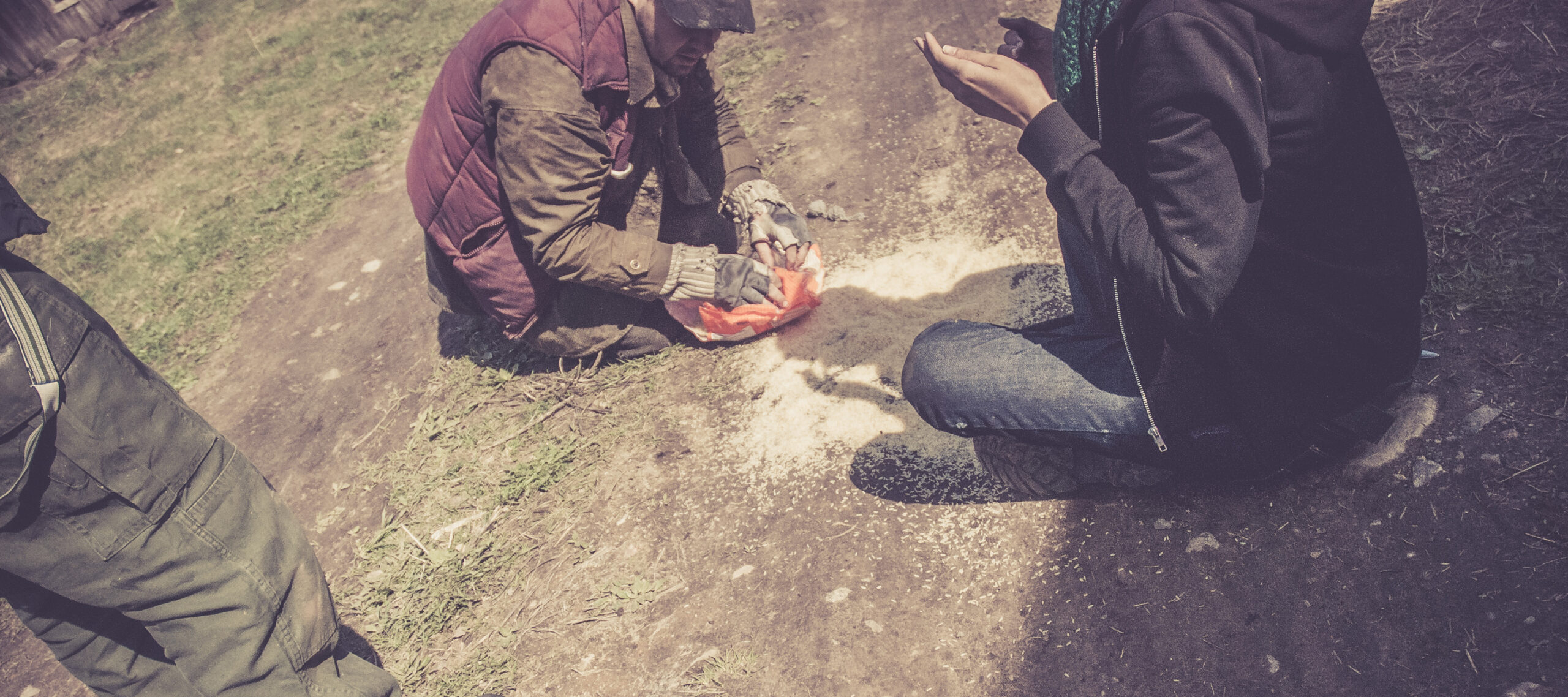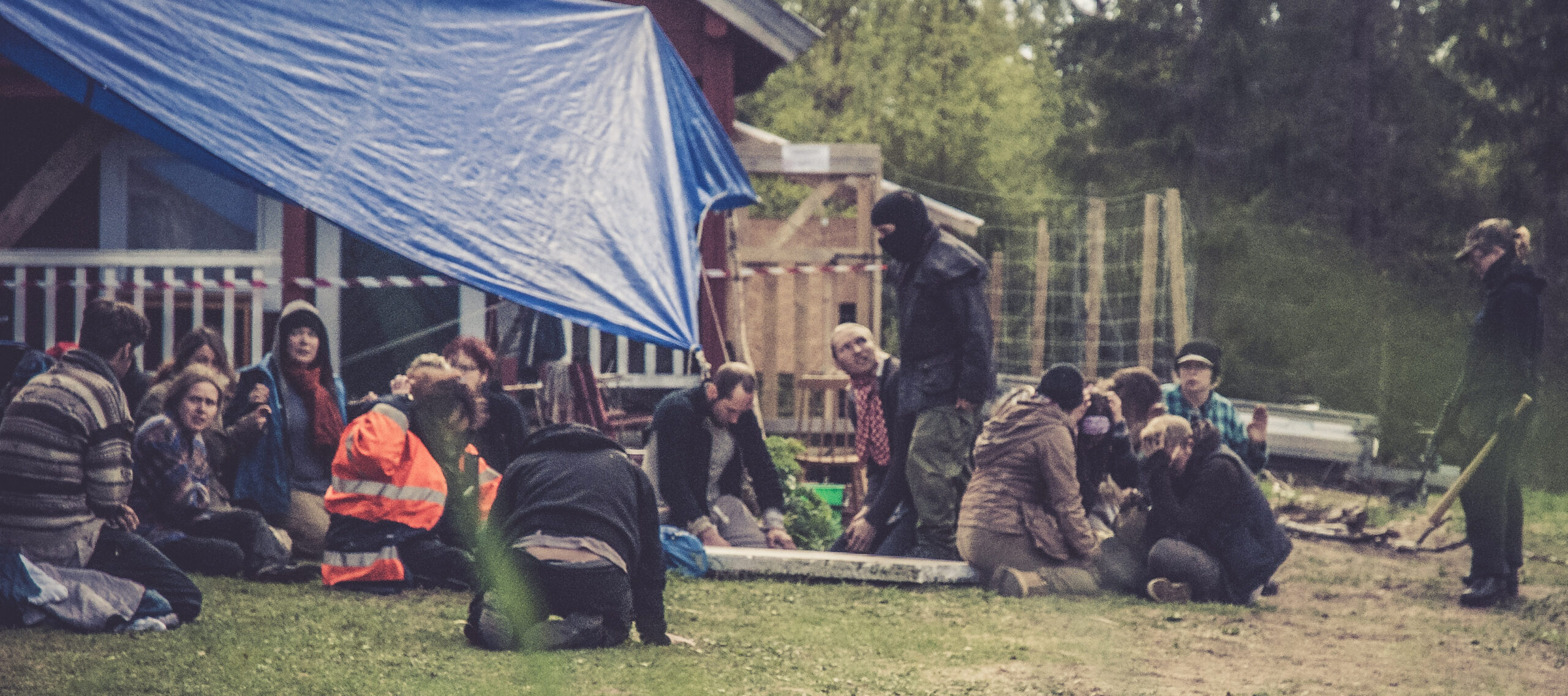Tag: Solnedgång
-

Hinterland: Playing to Really Lose
In the year 2013, the Swedish midsummer idyll is shattered to pieces when Russia suddenly attacks. A war without winners commences, followed by the deadly epidemic called Rosen (the Rose). In refugee camps around the country, tens of thousands die from starvation, violence and sickness. Three years after that first fatal bombing night, the gates
-

Hinterland: Design for Real Knives and Misery
Hinterland was a Swedish post-apocalyptic larp about refugees and disease. It was language-neutral, in effect meaning that people did their best to switch to whichever language was most inclusive for the players present in any given scene. What follows is my personal take as a player on some aspects of its design, and in particular…